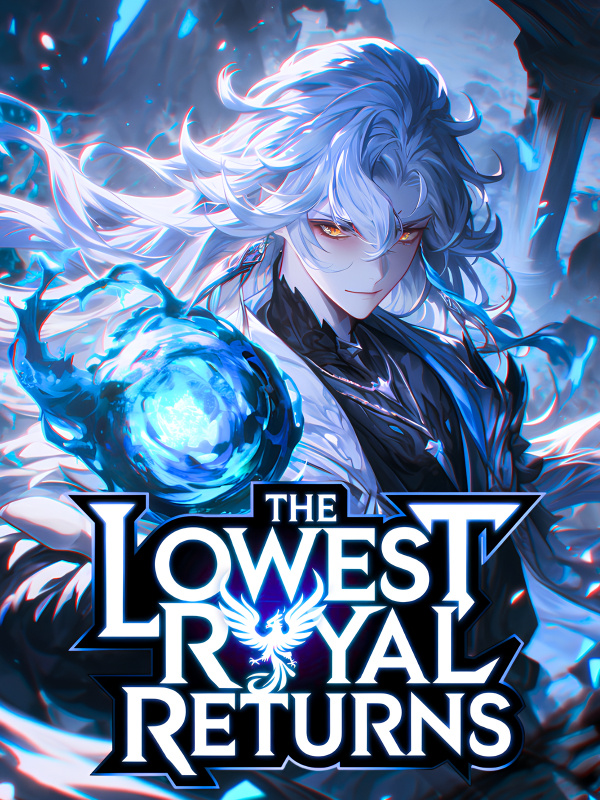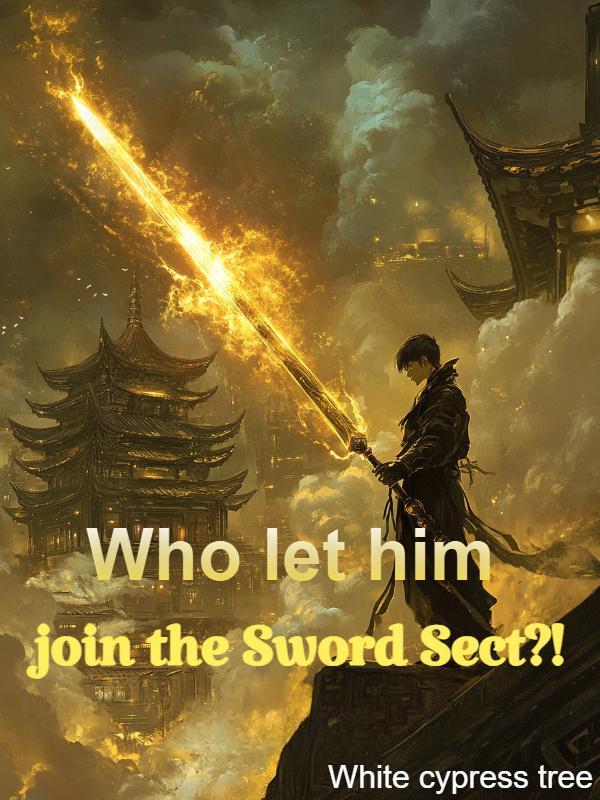©Novel Buddy
MTL - 4.6 Billion Year Symphony of Evolution-Chapter 18 Multi-cell road
In fact, when Lin entered the crack, she began to consider fighting against the current.
This is similar to a hot spring at the entrance to the breach, as long as the cells are combined to form a huge shield that prevents the impact of the water flow.
But to block the strong current outside, you need a stronger and huge shield. Lin believes that no matter how many cells get together, they will be blown away.
Cells have to be connected together to form a solid that is not easily dissipated.
For example, use the digger's sawtooth to hook each other's companions? But that is likely to hurt.
But Lin believes that there should be other ways to connect the cells together. After all, the cell membrane is soft and can change shape, and the two cells are originally one, just split, then they should be able to be combined again...
And how is the cell split? Why do they split? Not so big as it started?
It seems to be very complicated. Lin doesn't like to think about complicated things, so I plan to start the experiment directly. It first squeezes the two cells together, letting them wrap each other with cell membranes, and constantly inputting the words of 'combination'.
However, this seems to be unsuccessful. After all, Lin's cells are different from amoeba. They stretch out at least some small bumps on the surface of the cell membrane, and they can't grasp each other.
So let them evolve into amoeba look? Lin believes that the shape of the amoeba should be formed by places where they often like to drill narrow cracks.
Thinking of this, Lin began to let a few basic cells to find the narrow cracks in the cave to drill, try to see how long it can evolve the amoeba.
But Lynn didn't want to wait here, so it started another experiment right away.
Just try to stop the cell division.
When the cells divide, they divide the core into two, and then slowly split the cell membrane into two cells.
What Linde has to do is to stop the splitting at the end of their cell membrane split, so that there will be two connected cells.
Lin's community has been eating, so the cells that are to be split soon appear, which is exactly a basic cell.
Lin immediately waited for what she thought, waiting for their core to split into two, when the cell's membrane began to split from the center, and the two cores would move to both sides.
When the film in the middle was completely broken, Lin suddenly gave a thought of 'stopping'.
Stopped!
The cells that are dividing have actually stopped, they have almost split into two cells, leaving only a little bit of cell membrane at the end to be connected.
Although it is successful, it is estimated that it will break when pulled.
Lin then began to let them strengthen the connection and then maintain this look.
After a while, Lin felt that the connection should be reinforced because the connected cell membranes were significantly thicker.
Then Lynn began to try to let one of the cells drag another, or let both of them go in different directions, that is, use the greatest strength, and not pull off.
It seems to be a success, then Lin has a new cell type, but what is it called?
‘Connecter’?
It feels very ordinary... but forget it, then Lin can use the linker to make a huge wall against the current!
Lynn began to let the connecters eat more food, and then let them continue to split, of course, not completely split as before, so that these connected cell clusters will become larger and larger.
Lin found that the cell group formed by the connector easily exceeds the huge cells such as the reservoir or the blasting ball, and they also have the characteristic that instead of eating each one, as long as one of them eats, energy can be transmitted to all the connections. Together with the cells, this is quite convenient.
However, there is still trouble. If this cell mass starts to get bigger, the action will start to become difficult. After all, it will stick together.
So Lin directly let them move to the bottom of the gap, and then let them go up in the direction of the rotation, forming a huge cylindrical shape composed of a large number of cells, and the inside of the cylinder is hollow, and can be used for other cells of Lin Enter, then open a mouth at the top, allowing Lin's cells to go out from the top.
This column grows up through the cells at the top, and eventually can protrude the exit of the gap and reach the outside.
Lynn also found an interesting place, because this column is made up of basic cells, so Lin can still make them evolve.
Lin can make these cells evolve into diggers, and can put the solid shell with serrations outward and the fragile part facing inward, so that there is no need to fear foreign attacks, even viruses can't get in.
Looking at the growing cylinders of cells, Lin gave them a new name: ‘the giant tentacles’.
But Lynn still wants to be able to put together the scattered cells directly, rather than in this troublesome way.
Thinking, Lin found two basic cells, let them stick together, and then put together the combined thoughts.
I saw that the cell membranes of the two cells were directly bonded together, and there was no crack, and they looked like two spherical spheres connected together.
Ok? This time is successful?
Lynn is a bit curious, why is it possible to carry out the idea of 'combination' now?
Is it because the cells understand the meaning of 'combination' after blocking the split?
It feels good, so Lin can create a 'cell wall' anywhere, without deliberately interrupting cell division, and then let them grow up slowly, and more trouble...
But now there is a giant tentacle that is enough, and the other walls are waiting outside to decide where to make it.
What Lin wants to do now is to slowly grow up. After all, it is not so fast to let a tentacity grow from the cave deep inside the rock to the outside.
At this time, the darkness of the outside has already arrived, but Lynn’s massive flashing ball makes the cave still bright...
Lynn also saw that the group of light bacteria still shrink in the corner, but a few bold have come out trying to find food.
Bold? What is timid?
Lynn is puzzled by the new words again, but it doesn't think much as usual.
The white paste in the cave is much more than the outside, and it will continue to grow. Lin's community can't be eaten twice as much, so Lin doesn't care if the group of light bacteria are eating.
But Lynn won't let them grow too much.
In the following time, Lin is watching the giant tentacles grow all the time, and the basic cells that go to the narrow cracks and squeeze the body slowly evolved. Their bodies become very flexible and can be squeezed a lot. Pressure and deformation.
However, this is not enough. Lin wants them to be exactly the same as the amoeba.
As time passed, Lin's giant tentacles had grown closer to the exit of the rip, but the hot water there prevented it from going further.
At this time, Lin let some heat-resistant reservoir cells combine at the top of the tentacle and then circle one turn, and continue to grow upwards. Finally, the huge tentacles almost occupy the passage of the entire breach, those on the wall of the crack. The small slits of the jetted hot water were also blocked.
When the tentacles grew out of the crack, Lynn changed back to using the basic cells.
This huge tentacles share the composition of the 100,000 cells of the forest, thanks to the rich food of the cave below.
At this time, the situation outside is somewhat different from before. The water flow seems to have stopped. Because of Lin’s departure, a large number of other kinds of cells are gathered here.
It’s a pity that Lynn still wants to try whether the tentacles can resist the current.
However, whether it is this tentacle or the method of combining cells, it can have a huge effect in the growth of Lin.
Lin's cells came out of the cave through the hollow tentacle, and Lin planned to occupy it again.






